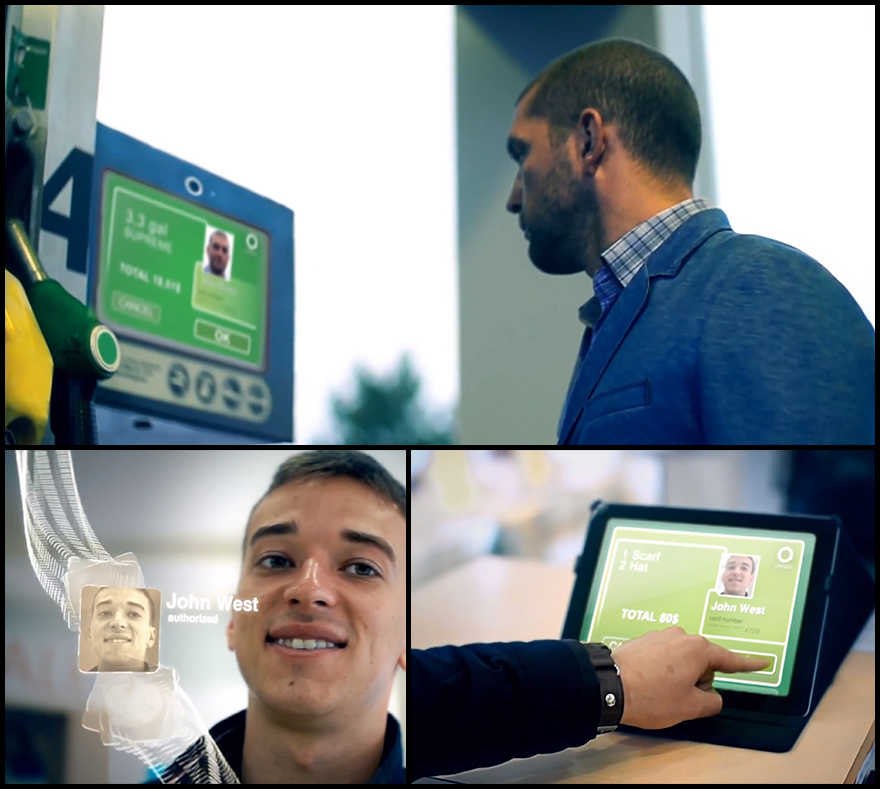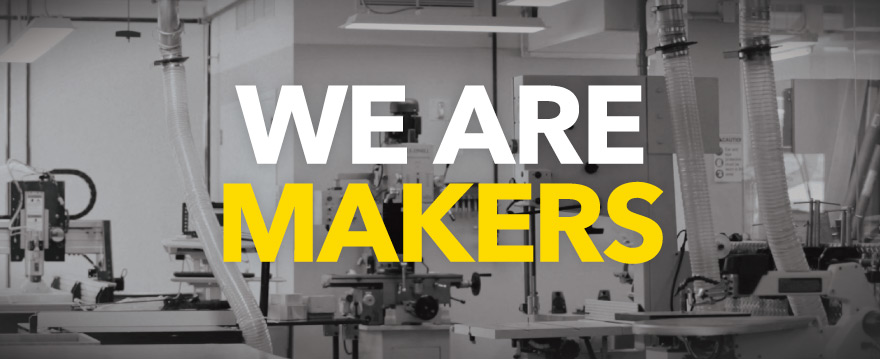![DesignEntrepreneurs-OgoSport-1.jpg]()
This is the eighth profile in our series on American design entrepreneurs, looking at how they got where they are, what they do all day, and what advice they have for other designers running their own businesses. Read last week's profile here.
In 2004, when Kevin Williams co-founded OgoSport with a friend from the Pratt Institute, Rick Goodwin, they had a simple philosophy: design toys to get people moving and thinking, toys that wouldn't silence kids with distraction but encourage active play and creativity. (The "Ogo" part of the name stands for Oh, Go Outside.)
Soon, products like the Super SportsDisk—which can be slung like a Frisbee or used to catch and throw balls, among other possibilities—were winning awards and getting airtime from the likes of Regis & Kelly and Stephen Colbert. Today, the company has an extensive portfolio of clever toys that embrace the same spirit of creative play, like the OGOBILD Pod, a lightweight construction set you can kick, spin and throw.
Getting established in the saturated toy market was not an easy road, however. "The toy business has a low barrier to entry," says partner Jenie Fu, who joined OgoSport in 2008. "Anyone can get into it."
As a result, making a name—and a profit—can be challenging. "Some people hope for a get-rich-quick path, which isn't attainable in hard products," Williams says. "Maybe it is in technology, but in this case we know that we will have to grow organically."
![DesignEntrepreneurs-OgoSport-2b.jpg]() Left: Kevin Williams and Jenie Fu. Right: VOLO Darts
Left: Kevin Williams and Jenie Fu. Right: VOLO Darts
In fact, Williams initially continued to run his (now defunct) product design consultancy, Make, while launching the toy company. "That business was paying the bills for the first three or four years after I started OgoSport," he says.
It wasn't always clear that Williams, who grew up in New Orleans and had an early affinity for making things, would go on to launch several industrial design businesses. "As a kid, I always had these projects at home, like Frankenstein-ing bikes together," he says. "Since I could make stuff, I thought that I should make buildings, so I went to school for architecture. In my third year, an ID firm came and presented to us. And I remember going, 'Oh, crap! I'm in the wrong program.'"
Williams later graduated with Goodwin from Pratt's industrial design master's program. They both went on to do other things, but would get together every few months to brainstorm. "After a few years of this, Rick says: 'Lets go make toys together!'" Williams remembers. Goodwin later brought in Fu, who was one of his students at Pratt.
OgoSport now sustains a total of seven employees (including Williams and Fu), plus two consultants—but, Fu says, each year is still an unknown. "Major events have happened every year where we've thought: This could be it," she says. "We didn't freak out and we dealt with it the best we could, and we came through."
(more...)![]()
![]()
![]()
![]()































 Left: Kevin Williams and Jenie Fu. Right: VOLO Darts
Left: Kevin Williams and Jenie Fu. Right: VOLO Darts








 During last year's London Design Festival, Cocksedge created Auditorium, a temporary installation hand-woven from nylon wire. Photos by Mark Cocksedge.
During last year's London Design Festival, Cocksedge created Auditorium, a temporary installation hand-woven from nylon wire. Photos by Mark Cocksedge.
 Above: Cocksedge in his London studio. Below: Change the Record, a smartphone loudspeaker made from recycled vinyl LPs.
Above: Cocksedge in his London studio. Below: Change the Record, a smartphone loudspeaker made from recycled vinyl LPs.































